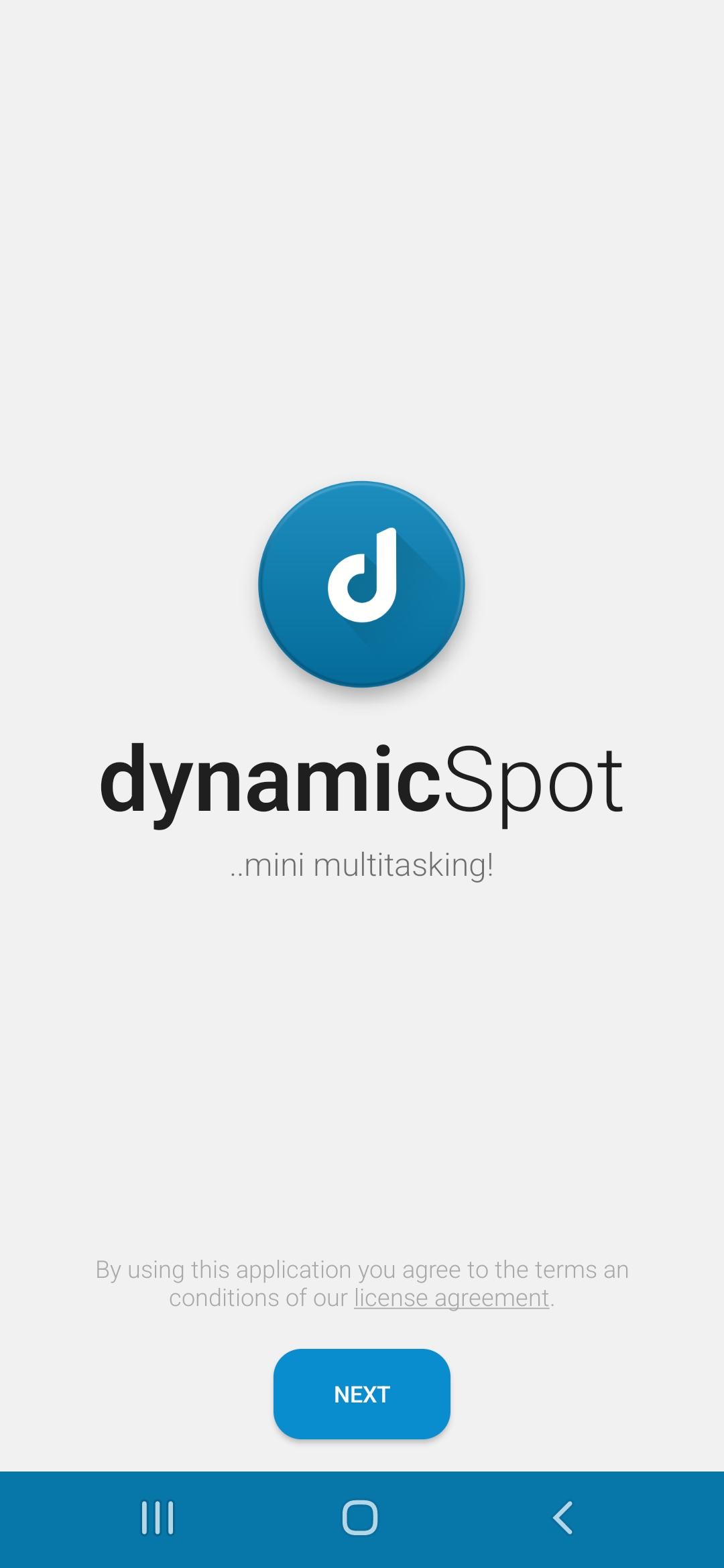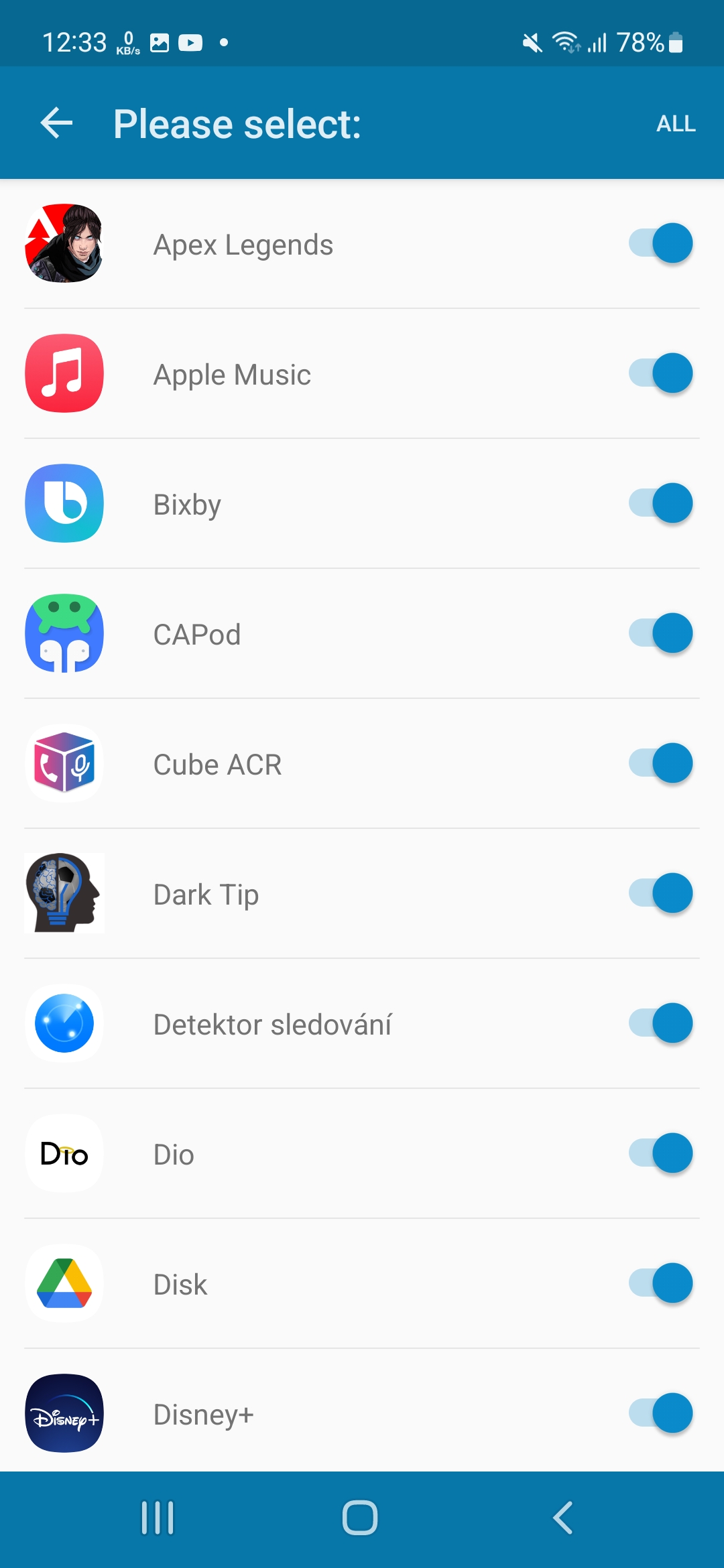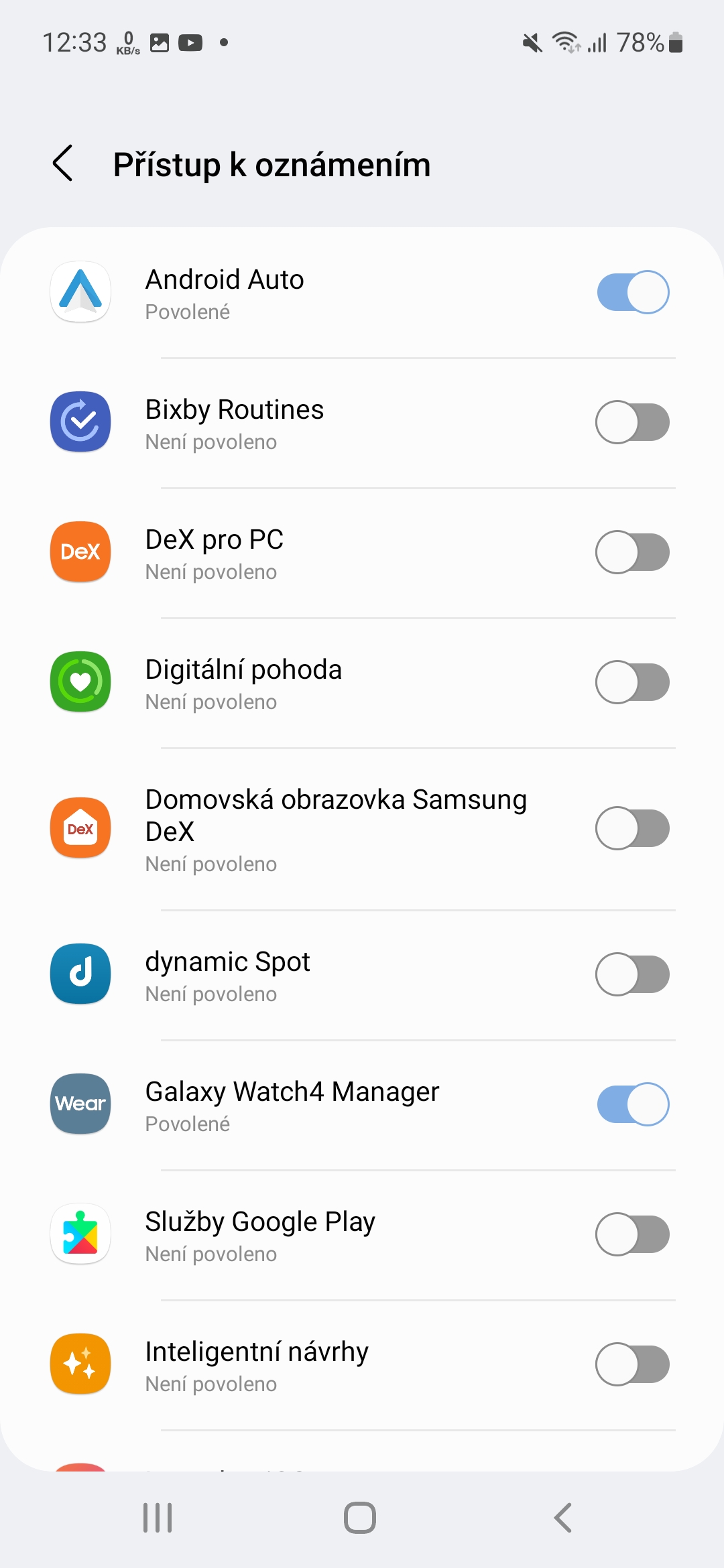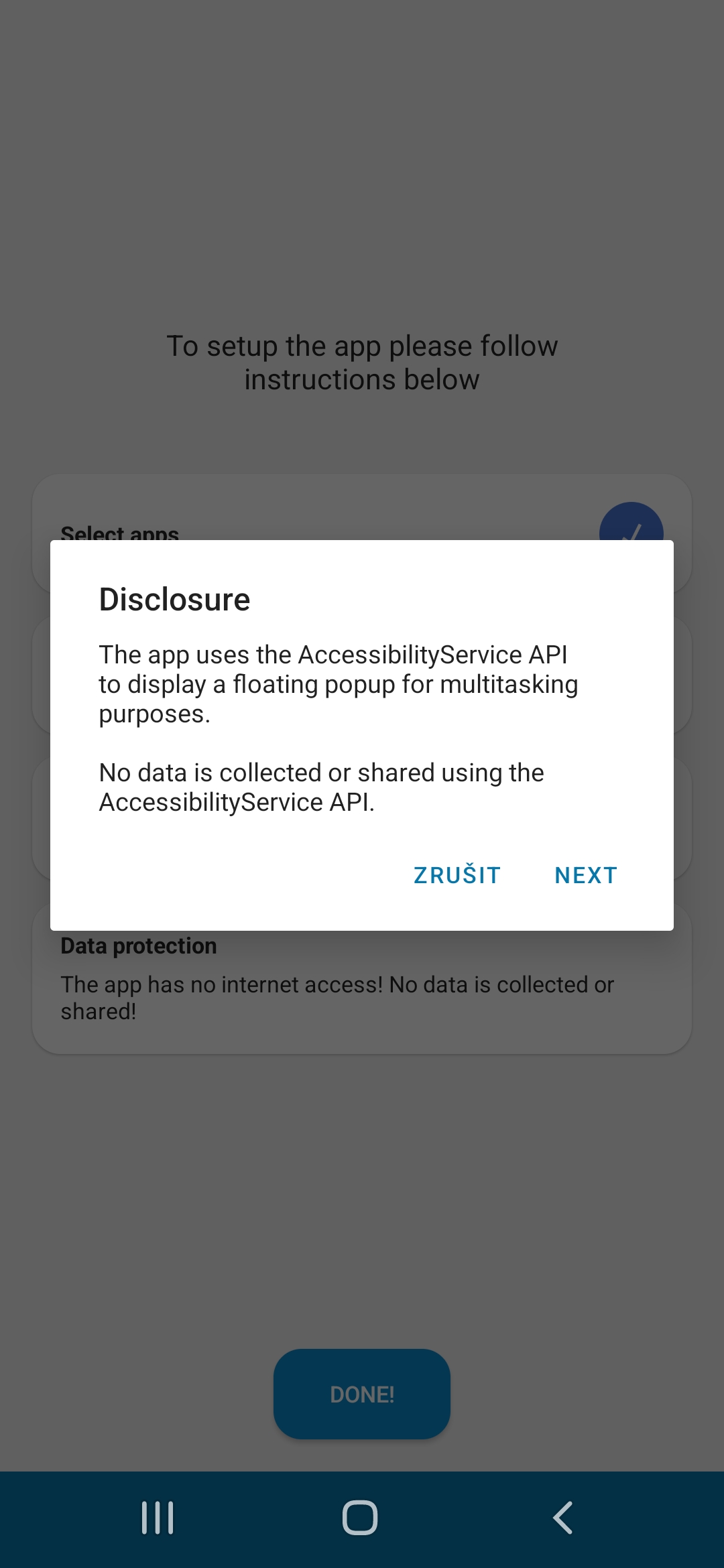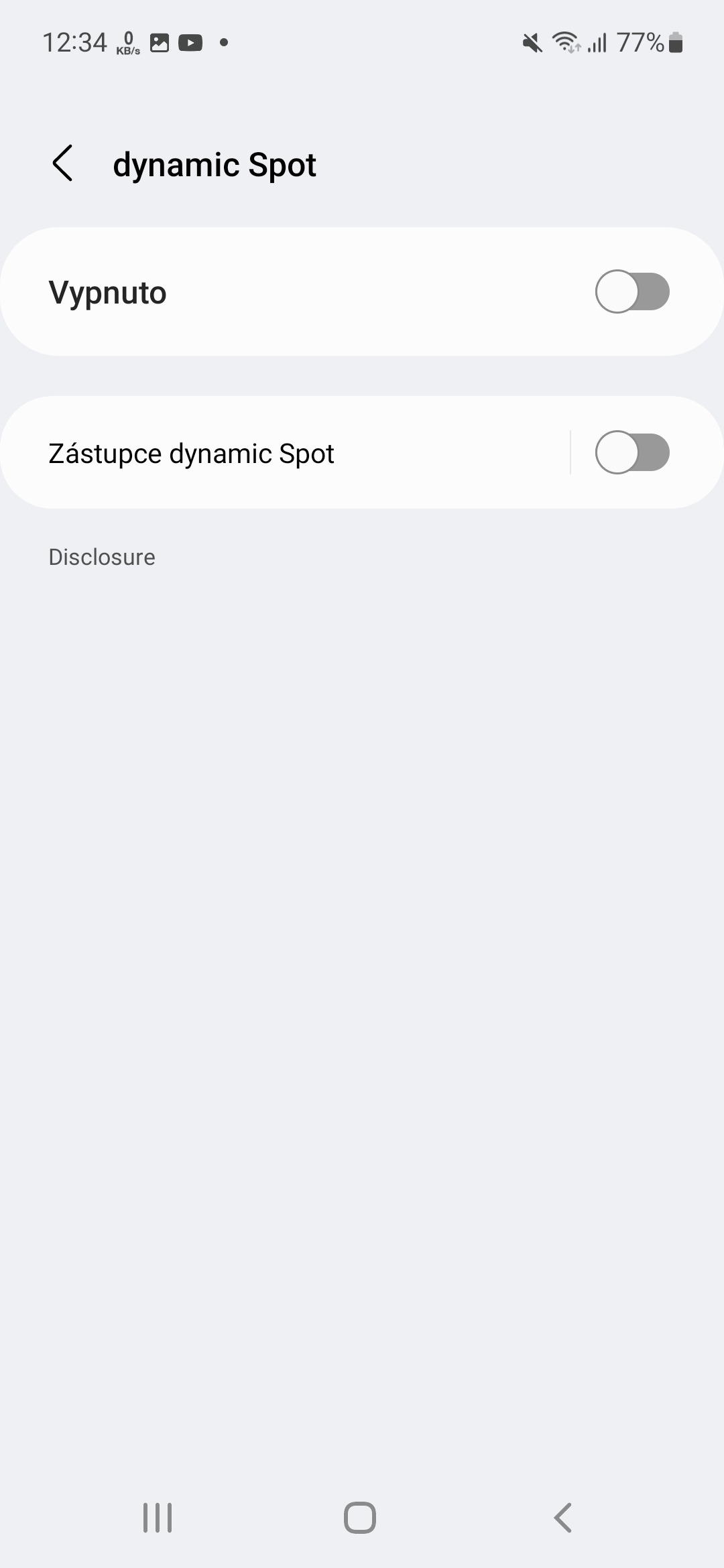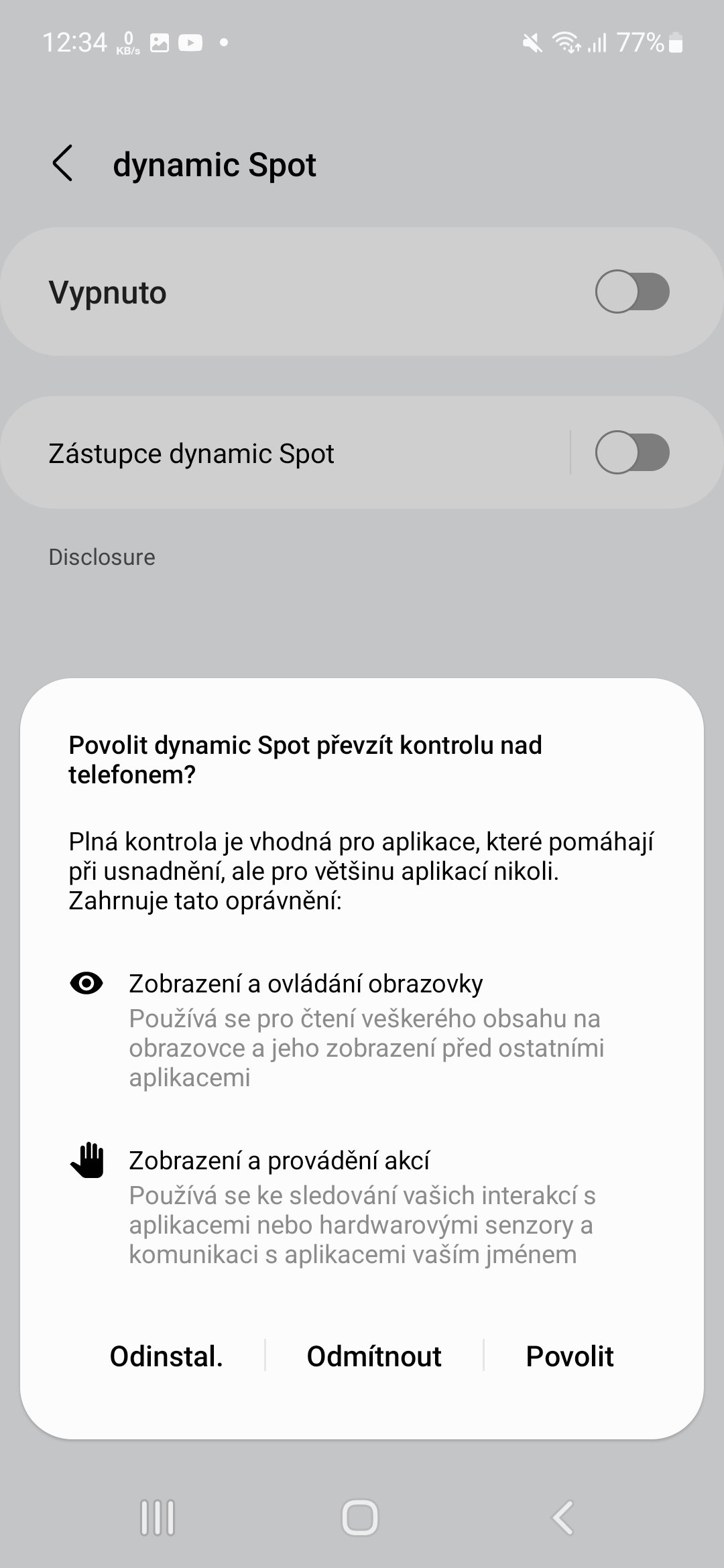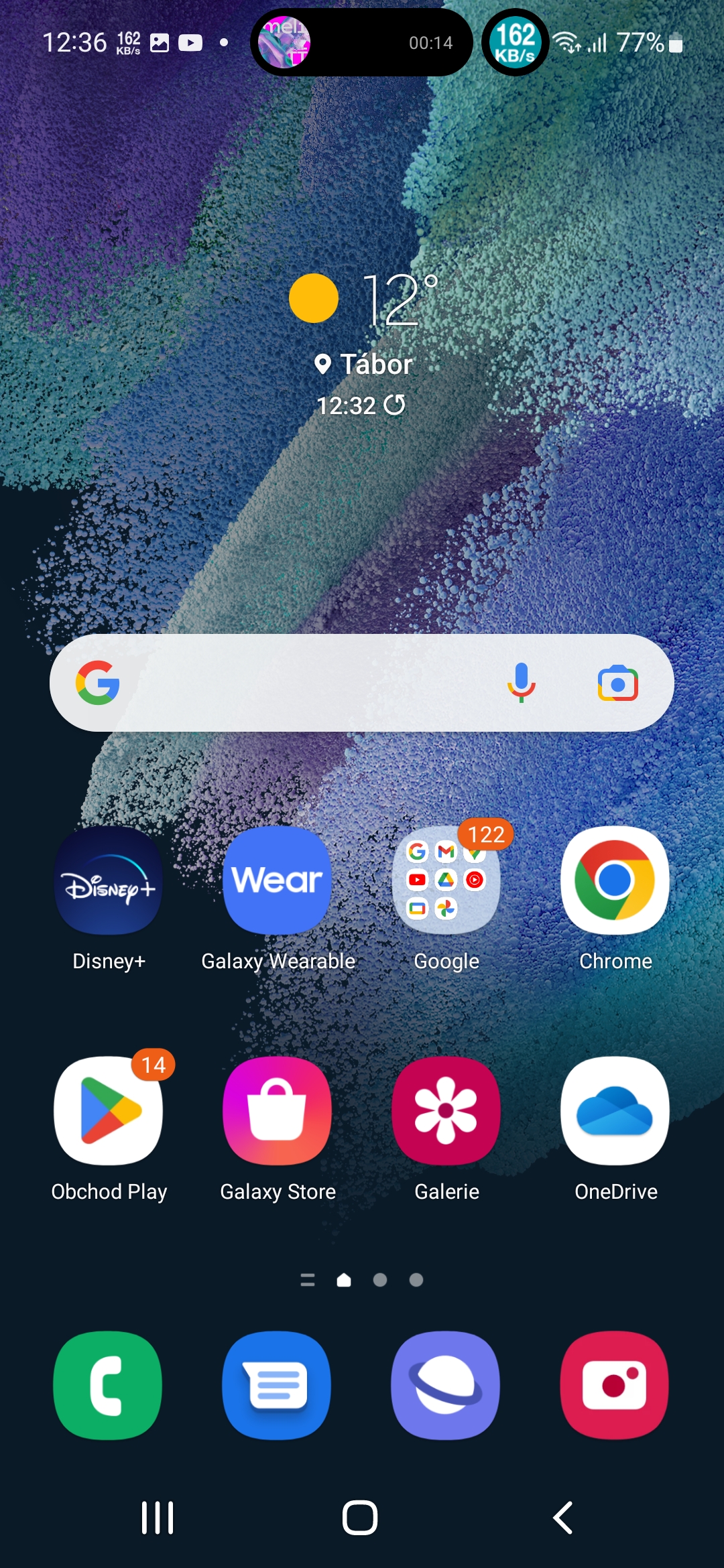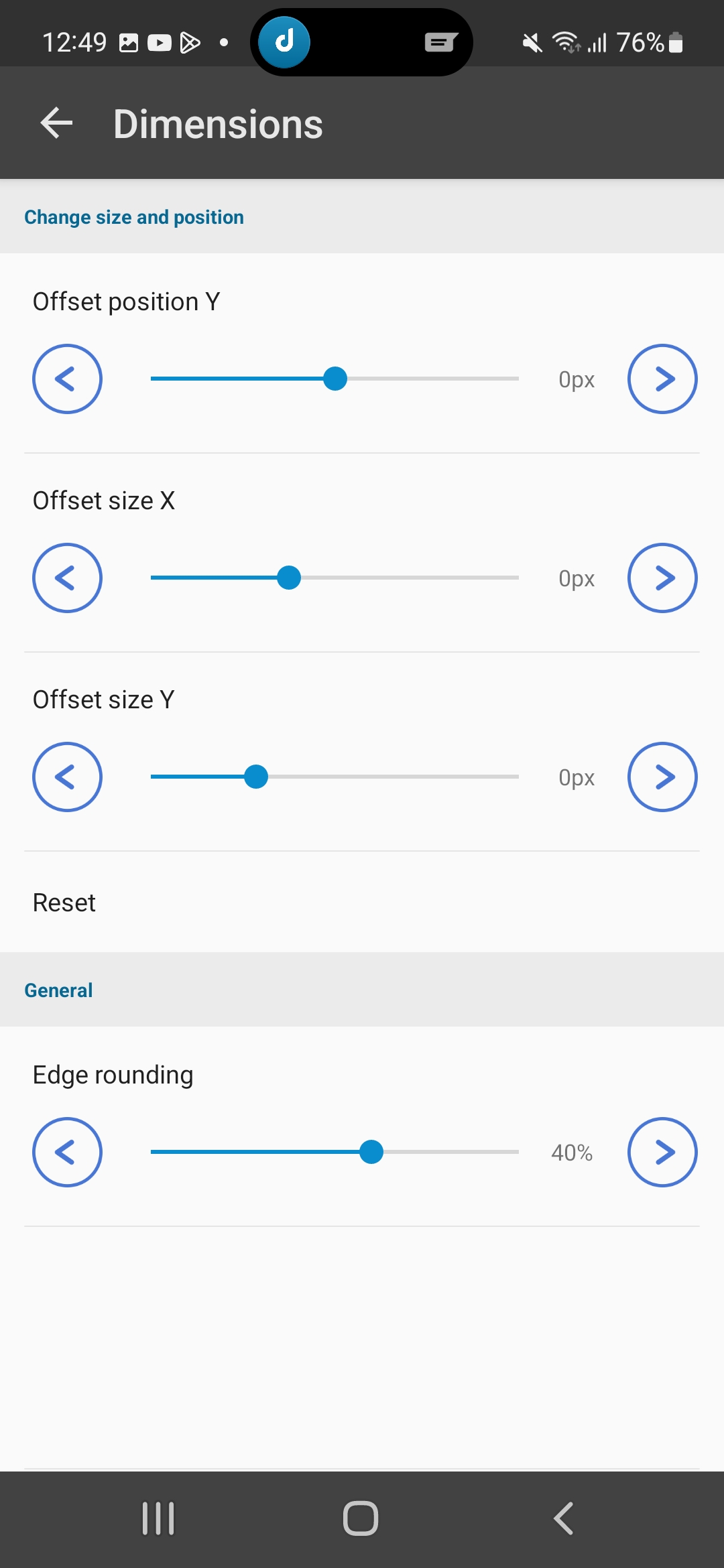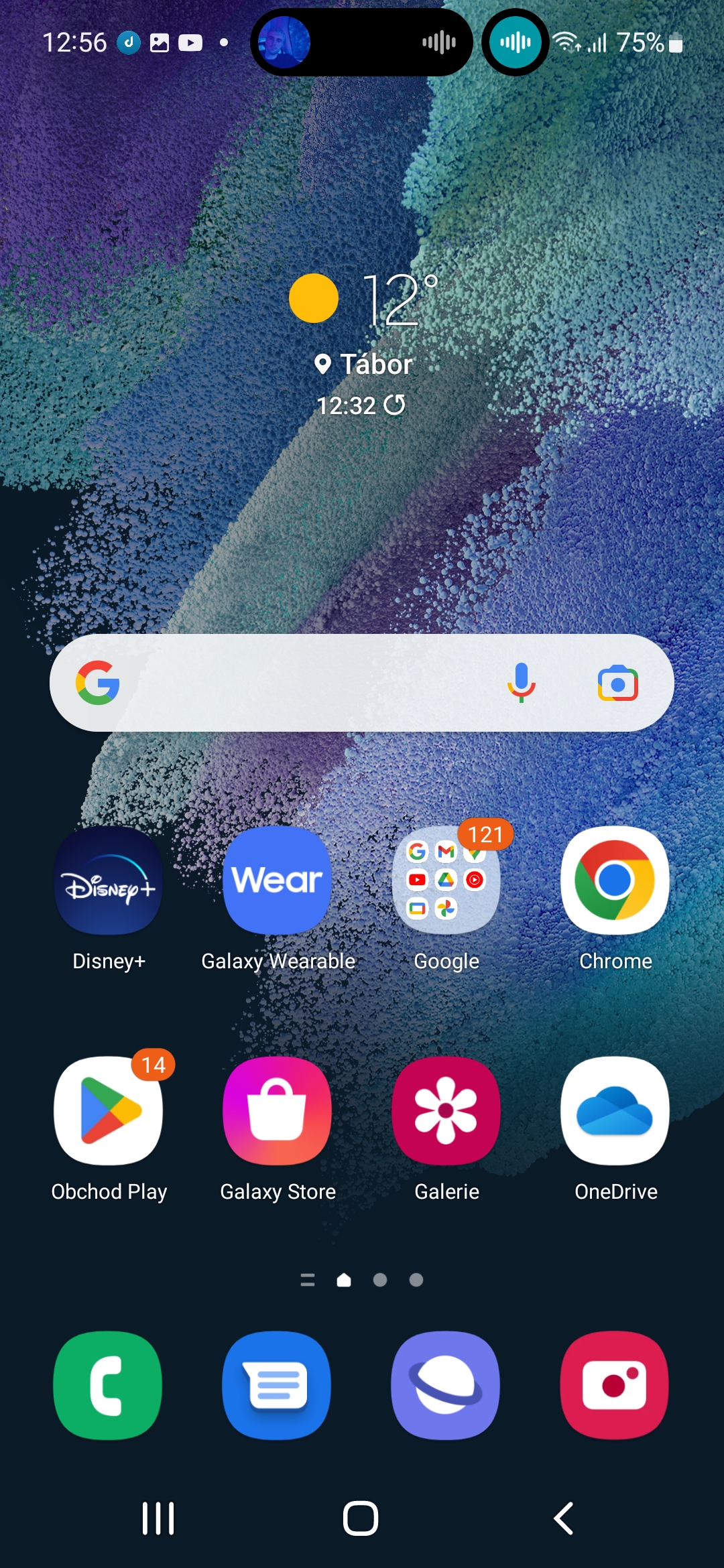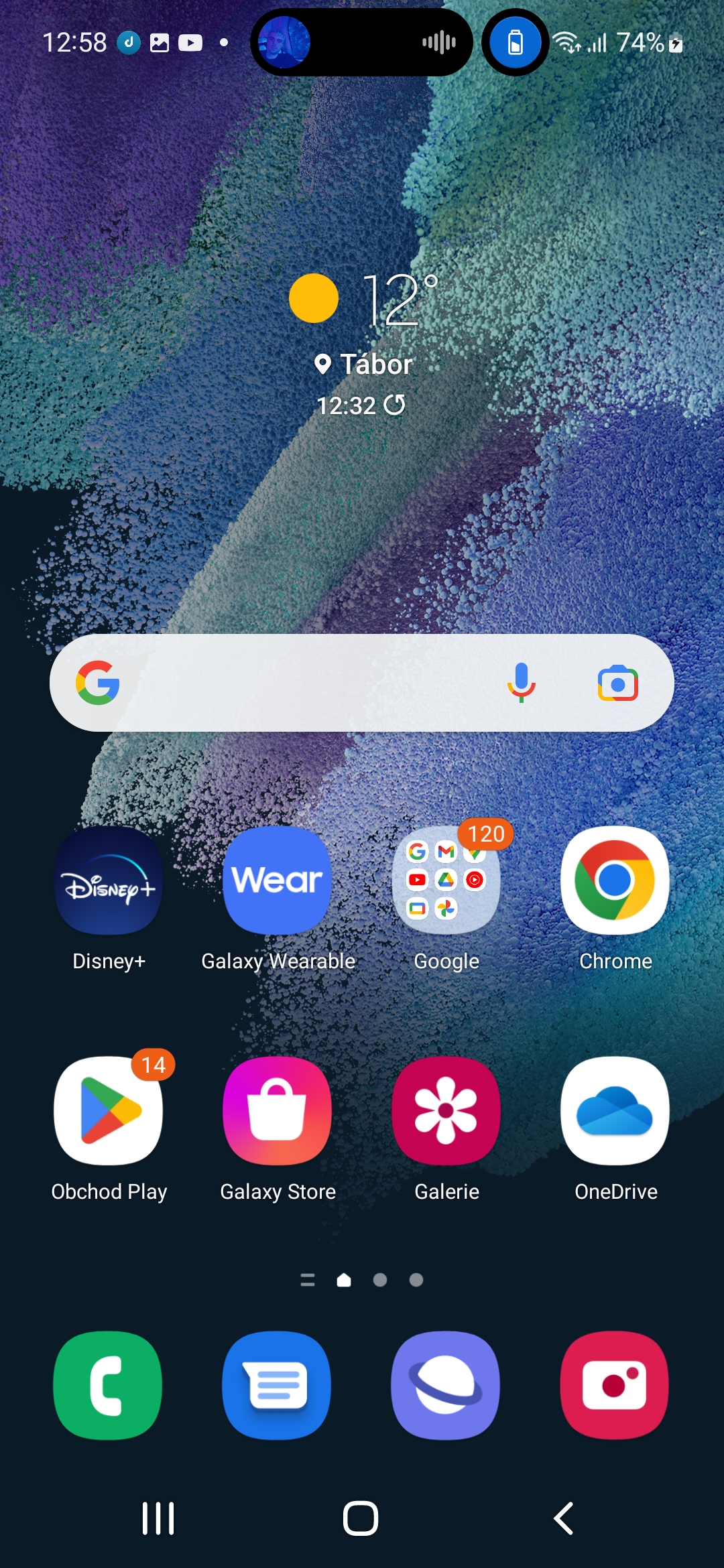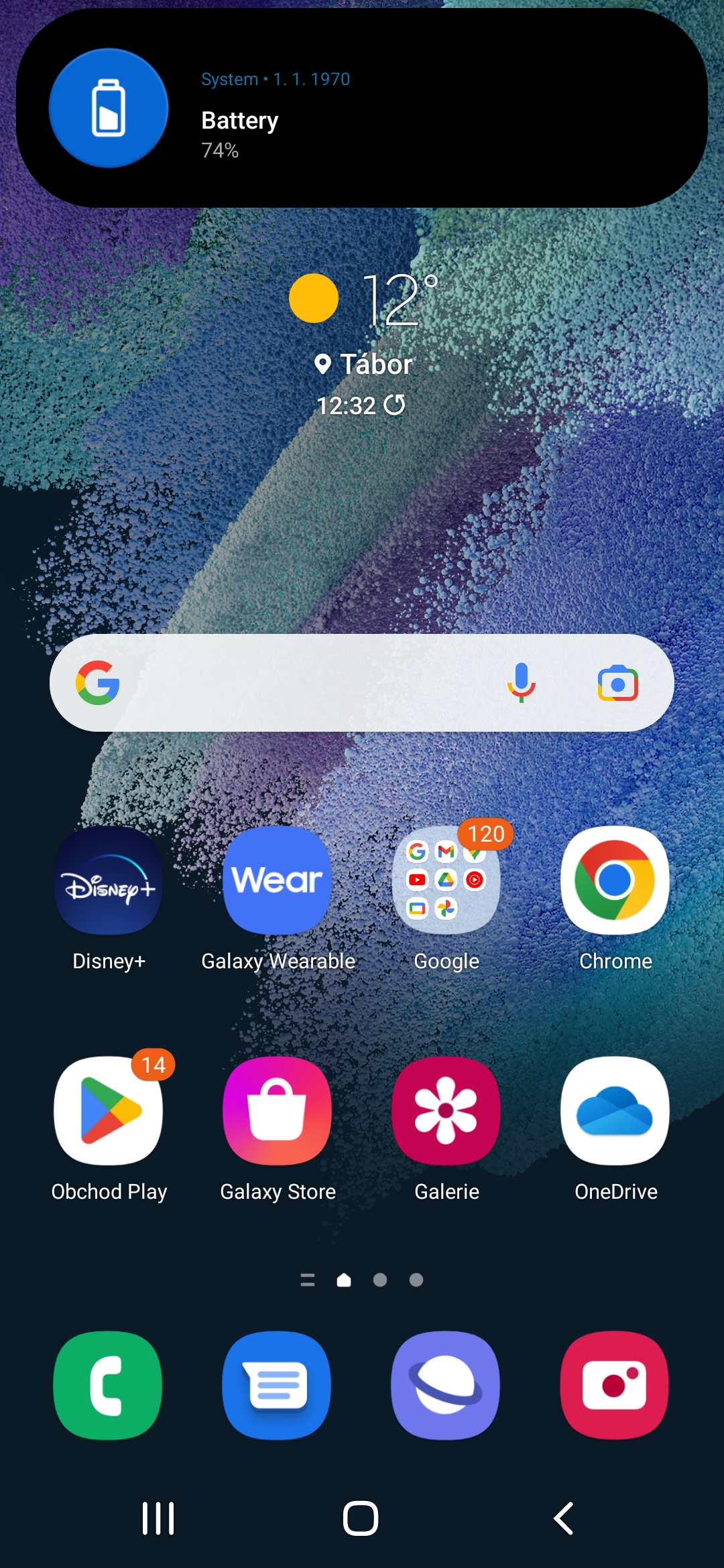One of the most interesting innovations of the iPhone 14 Pro is certainly its Dynamic Island, which not only replaced the cutout for the front camera and sensors in the display, but added additional functionality to this element. Right from the start, it was more or less clear that Android would also copy it. However, we don't have to wait for Google to make the move when we have third-party developers here.
It didn't even take a week, and the developers rushed with their own version of Dynamic Island on Android. But it was mainly about some demonstrations of functionality through posts in social networks, and the new iPhones weren't even sold yet. However, now, i.e. a week after the entry of the iPhone 14 Pro into the market, we already have the first functional solution that is available in Google Play and is free. The app is called dynamic Spot and you can install it <a href="https://cdn.shopify.com/s/files/1/1932/8043/files/200721_ODSTOUPENI_BEZ_UDANI_DUVODU__EN.pdf?v=1595428404" data-gt-href-en="https://en.notsofunnyany.com/">here</a>.
It could be interest you
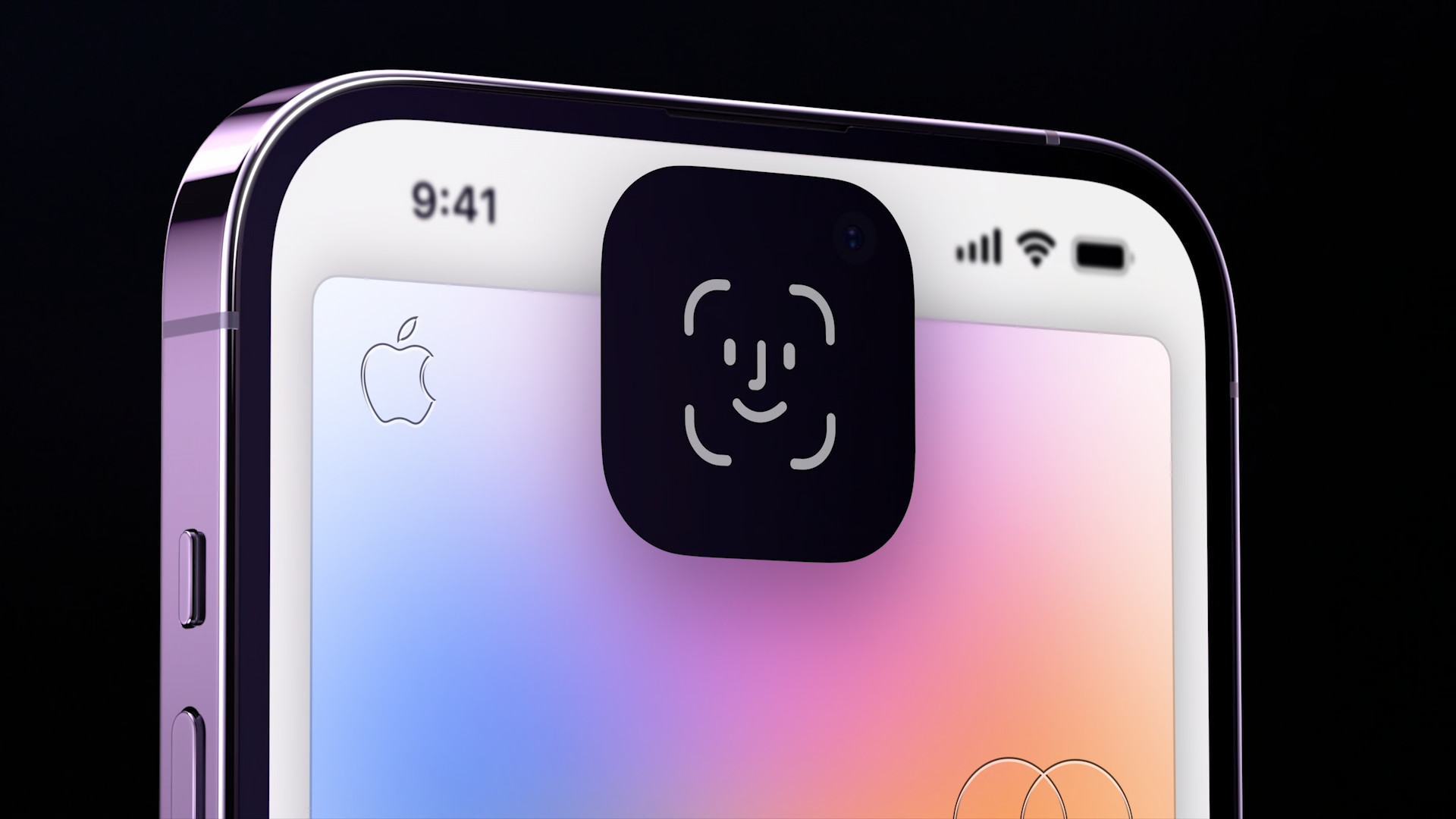
More setting options
So the developer plays quite funny with the Apple label and even directly refers to it. Since on Android phones you will most often only find a shot, i.e. a "spot", there is no need to include the entire island in the label. Of course, the "variable shot" application does not offer such options as Apple's solution, but it is still very interesting, especially considering that its development did not take even 14 days.
Since this is a third-party developer app, it should be mentioned that you need to allow it for many accesses. So first it is necessary to select the applications with which it should cooperate, as well as to allow access to notifications, which is logical, but not everyone may like it. The application then works on the basis of the Accessibility function, which Android developers often use to expand the capabilities of the system itself, and Google often cuts them short in this regard - recently, for example, they cut off the ability to record phone calls through Accessibility. However, allowing this permission means that you are allowing the app to literally take control of your phone. If it bothers you, don't even install the app.
Apple does not allow us to personalize its Dynamic Island in any way, and here again the potential of Android is shown. In the application settings, you can increase or decrease the dynamic Spot, as well as position it, if, for example, you do not have a hole in the exact center of the device. If you then pay CZK 99 to the developer, you can have this element displayed even on the locked screen, and you will get greater interaction options.
It could be interest you
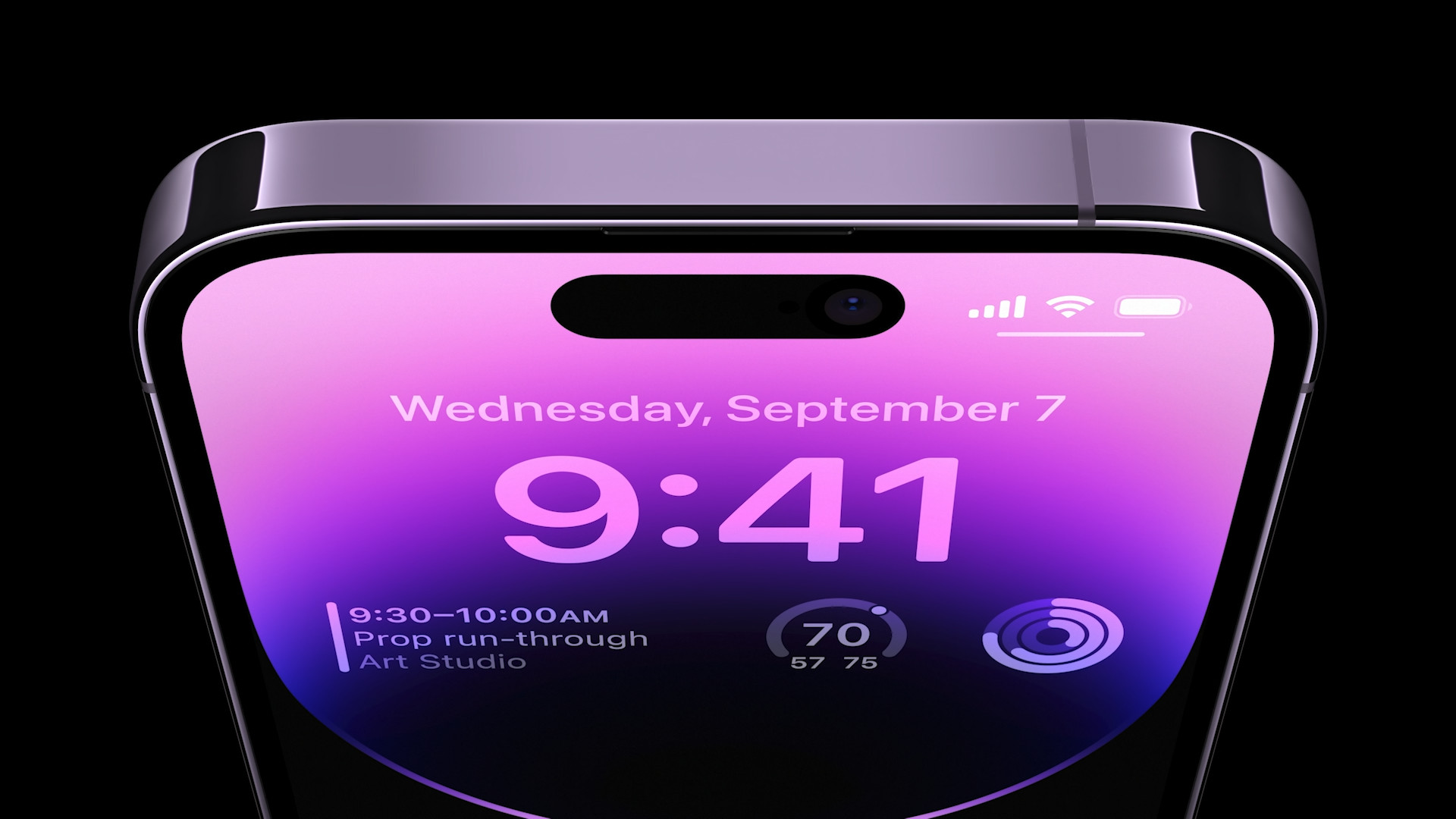
It's quite successful
Clearly, when two do the same thing, it is not the same thing. In addition, there is Apple on one side and an independent developer on the other. Although this alternative does not reach the quality of Dynamic Island, its animations and options, it surprisingly works, and quite well. After all, an Apple fan would say that it's typically based on Android, i.e. half as much.
When playing music, you see a small preview of the album, as well as the elapsed playing time. The element can also be divided into two, when it shows, for example, playback, but also another application, for example a preview of a paused video from YouTube. The spot also shows, for example, the charging process. By holding it for a long time, you can expand the entire element into more usable forms, when the entire animation is surprisingly smooth and effective. So yes, I like it, but whether anyone will actually use it on Android remains to be seen.
